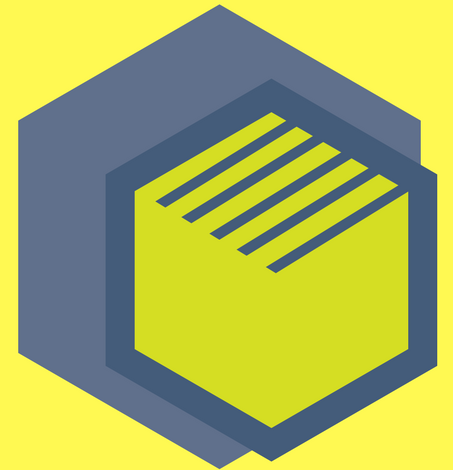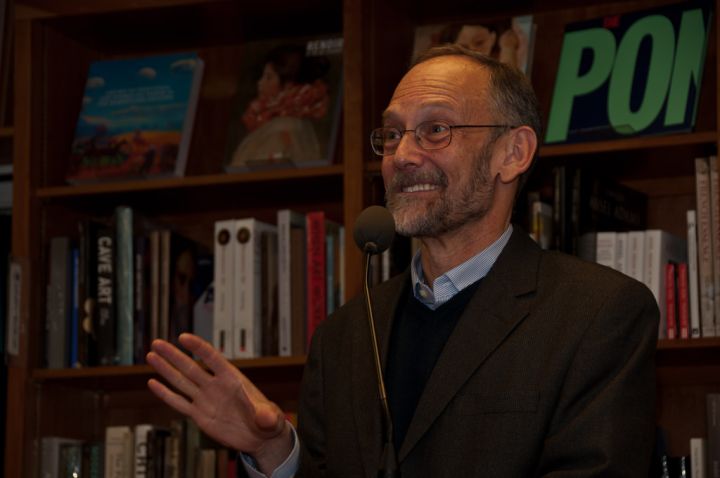“He wanted to know if there was such a thing as a ‘Fart Chart’ of different kinds of beans,” McGee said. “And if he used a different kind of beans, could he maybe eat a couple more servings? He also wondered if there was something he could do to the beans ahead of time.”
The next day, McGee went looking for answers. At the Yale biology library, he discovered that plenty of food-science research had been published by and for the food manufacturing and packaging industries, but little of it had been shared with chefs or home cooks.
“I spent hours in that library because I had never seen anything like it,” McGee told me. “Poultry science and agricultural and food chemistry. I would just flip through random volumes and see microscopic studies of things I eat every day. It seemed so cool and unexpected. It took more than a day to home in on the right sources about beans, but not only did I find out what’s in them and what you can do about it, but there is a fart chart and there are things you can do to lessen your suffering. Most of the research in the field of flatulence was funded by NASA. If you think about it, it makes good sense — these were still the days of capsules.”
In the California Sunday Magazine, Daniel Duane eats with the unassuming culinary celebrity Harold McGee, to find out how the failed academic’s popular first book changed the way we talk and think about cooking.
If you want to read the story click on the link below


